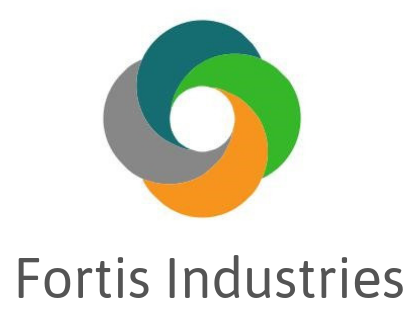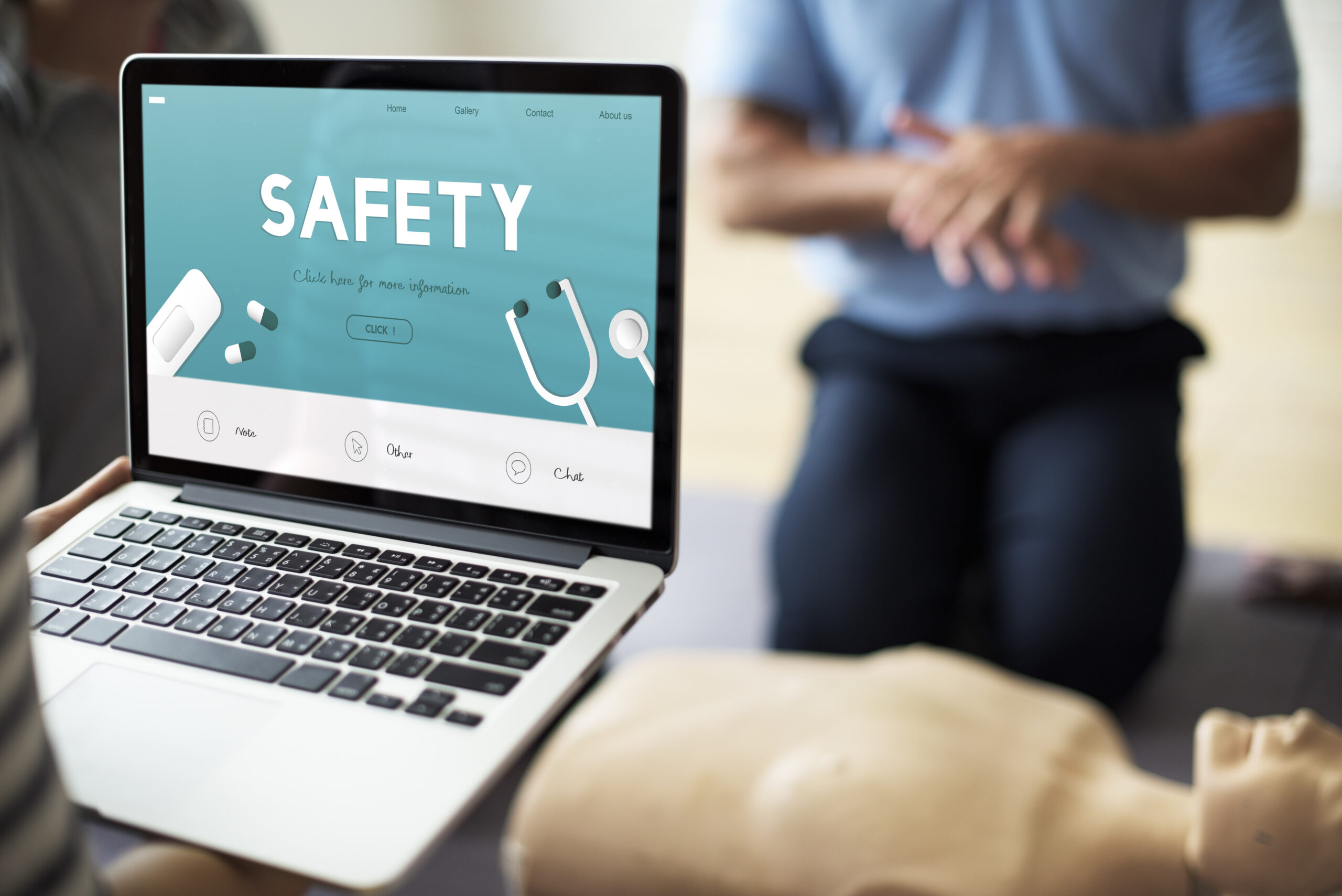Medical facilities can be high-risk locations for accidents and blunders, endangering patients and workers. However, with appropriate safety education and training, healthcare personnel can avoid catastrophes and provide better treatment. This article investigates advances in healthcare staff training that aim to foster a culture of safety and life-saving attentiveness.
Simulated emergencies
Immersive simulations combining virtual reality and lifelike mannequins provide clinicians with valuable experience reacting to emergencies while avoiding real-world risks. Some advanced techniques include:
- Code blue drills use high-tech mannequins to simulate vital signs and respond to interventions such as CPR, medications, and defibrillation. This teaches proper medical response without risking actual patients.
- Virtual reality emergency simulations immerse participants in the situation and allow them to practice response techniques. Realistic sights and physics prepare trainees for tense and chaotic situations.
- Mock infections requiring the use of protective clothing and the safe implementation of containment procedures. This prepares employees to avoid spreading pollutants.
- Disaster simulations requiring triage and resource mobilization for large numbers of casualties. Teams develop collaboration and communication abilities.
- With growing realism and customizability, simulated training is critical for healthcare personnel to build confidence and experience while avoiding unnecessary harm to patients during the learning process.
Specialized Skill Training
Complex medicine necessitates specialized skills that are not intuitive. Targeted skills training empowers healthcare workers and decreases hazards. Topics include:
- Safe functioning of sophisticated technology such as MRI and CT scanners, laboratory equipment, and robotic surgical tools. Hands-on practice increases familiarity and reduces errors.
- Radiological safety for imaging techs and nurses. This includes avoiding patient exposure and maintaining good hygiene to minimize unintentional irradiation.
- Hazardous pharmaceuticals, chemicals, and trash must be handled safely in pharmacies, laboratories, and sanitation facilities. This protects against accidental exposure and inappropriate disposal.
- Use gentle restraint techniques to safely immobilize belligerent patients. This reduces danger to both patients and personnel.
- Focused training in these important abilities assists clinical professionals in avoiding needless damage to themselves and people they care for.
Enhanced Infection Control
Infection is a significant safety risk in medical facilities. Meticulous hygiene training is essential, such as:
- To avoid contamination, follow the right sequence for donning and doffing protective gear. UV-visible markers are commonly used in practice.
- To prevent transmission, examination rooms and equipment must be thoroughly sanitized between patients.
- Hand washing strategies that ensure adequate antimicrobial contact time across all skin surfaces.
- Managing contaminated materials, devices, and garbage to avoid exposure.
- Airflow management and surface cleaning are examples of environmental safety measures that can help to limit airborne or droplet infections.
- Infection control training enables healthcare workers to prevent outbreaks and protect vulnerable groups such as patients, the elderly, and children from harmful infectious diseases.
Patient Safety Principles
Medical errors are frequently the result of systemic difficulties rather than individual faults. Training personnel in core patient safety principles helps address the following human factors:
- Double-check high-risk interventions such as medicine delivery, transfusions, and surgical preparation. Two professionals verify bullet points such as patient identification, medicine labeling, and consent.
- Clear and structured communication tactics for staff during handoffs, case reviews, and rounds. This prevents crucial information from getting lost.
- Being aware of risks that contribute to errors, such as understaffing, clutter, interruptions, or insufficient illumination. Staff are taught to identify and address these issues.
- Encourage all care staff, regardless of seniority, to ask questions and provide feedback. This helps to identify any oversights.
- Standardized protocols and order sets reduce reliance on memory and encourage the application of best practices.
- Staff who have received training in safety theory and human factors are better prepared to create dependable systems that eliminate easily preventable errors.
Leveraging Technology
Technology opens up new opportunities to increase clinical education and self-correction:
- Virtual reality simulations provide realistic, repeatable emergency response training that avoids real-world threats.
- Online training modules provide easy access to essential information about growing safety risks.
- Smart medical devices offer alerts and decision support to help prevent errors at the point of care.
- Sensors, video surveillance, and equipment data integration provide increased visibility into safety and performance.
- Artificial intelligence may use data to identify hazards, offer better practices, and estimate staff training needs.
- Technology-enhanced training generates data-driven learning opportunities, reducing preventable harm in healthcare.
Outcomes-focused evaluation
To increase patient safety, training programs must clearly reduce errors and improve care quality. The key performance indicators include:
- Reduced drug errors and procedure problems due to personnel abilities and knowledge.
- There are fewer incidences of hospital-acquired infections, patient falls, pressure ulcers, and other nursing-related outcomes.
- Improved adherence to established care standards, safety checklists, and best practices.
- With fewer sentinel occurrences, we can respond faster and contain emergencies better.
- Increased incident reporting and staff engagement in safety programs.
- Using outcome measurements rather than participation percentages focuses trainees on what is ultimately most important: safer treatment.
A Culture of Safety
Lifesaving health care is dependent on organization-wide safety participation. Principles must be integrated into daily activities through:
- Safety huddles are held at the start of each shift to identify dangers and encourage awareness.
- Rather than relying solely on top-down policies, safety processes should incorporate frontline staff opinions.
- Rewarding safety leadership and reporting of dangers and near misses.
- Drills and simulation training are conducted on a regular basis to reinforce skills and raise awareness.
- Constant reevaluation of systems and procedures to ensure ongoing improvement.
- With a safety-focused culture, employees have the skills, incentives, and confidence to offer the safest treatment possible. This protects both patients and medical professionals from avoidable damage.
The healthcare industry provides lifesaving opportunities, but it also poses life-threatening threats if basic safeguards are not followed. Caregivers learn how to heal without causing unintended injury through unique and thorough training that involves both their minds and hearts. This improves the health and safety of everyone who enters a healthcare setting.
Image by rawpixel.com on Freepik



